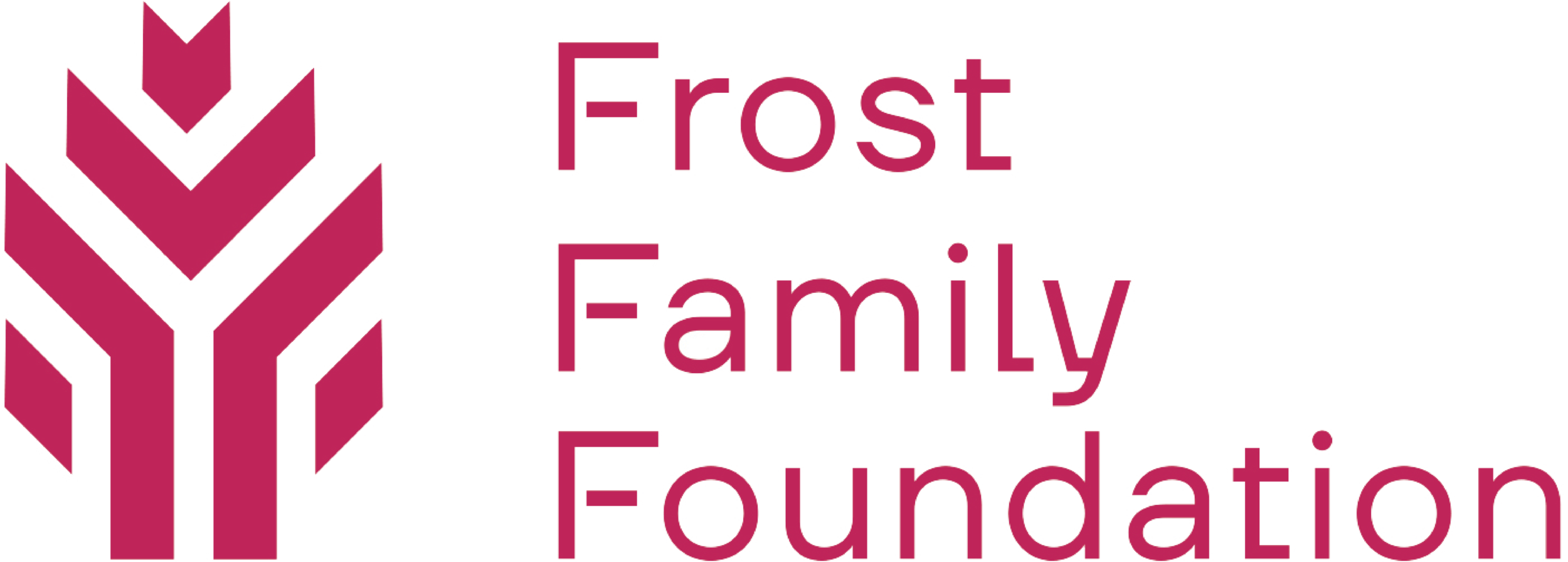Auwahi Forest Restoration Project
Nearly all native plants and animals of Hawai’i are under dire threat from continued importation and the growing impacts of invasive pest species. If left without assistance, the majority of native Hawaiian species are unlikely to last but a few more decades.
Native Hawaiian species were formed in the crucible of the most isolated oceanic circumstances possible on a planet the size of earth. Colonizing species, freed from the restraints placed upon their lineages on continents, blossomed explosively undergoing profound evolutionary changes their ancestors have never expressed elsewhere. In as close to an experiment as to how life would reorganize itself if it started all over again on another planet, Hawaiian species became textbook examples of adaptive radiations and adaptive shifts – of just how much a species’ lineage could change when it had the opportunity and freedom. Renowned entomologist E.C. Zimmerman, stunned by the discovery of a flightless lacewing, referred to native Hawaiian species as ‘marvels of evolution’. Though the whole world is undergoing rapid changes and biological erosion, the loss of the Hawaiian biota, formed under circumstances dissimilar to those anywhere else on the planet, is a global tragedy.
What is especially unfortunate here is that these losses coincide with the revival of the native Hawaiian language and culture, both beginning to thrive again. In the cosmology of kanaka maoli (native Hawaiians), humans, their lives, and their origins are interwoven with the lives and origins of native plants and animals. To Hawaiians, native species are more than just items for consumption or utilization, they are ritualized and woven into dance, song, chants, and beliefs (https://www.extinctionstories.org/2020/07/28/auwahi-forest-culture-community-and-conservation/).
In his treatise book Indigenous Trees of the Hawaiian Islands (1913), J.F. Rock remarked that Auwahi forest, on leeward Haleakalā, was biologically one of the richest forest tracts in the Hawaiian archipelago. Despite this, by the 1980s, only 1-2% of this forest remained, described as a ‘museum forest’ due to chronic decline and the centuries-long absence of native tree seedlings. By the 1990s, Hawaiian dry forests were considered beyond hope for conservation and expected to be completely extirpated within decades.
In 1997, alarmed at the extent of native forest degradation on southern Haleakalā, an ecological restoration effort was initiated at Auwahi in an attempt to save the last tracts of diverse native leeward forest remaining on the island. Ecological restoration is based on the strategic application of management practices, including invasive species control and native species augmentations and re-introductions, with the intention of re-initiating biological processes to promote community resilience and biotic resistance (the ability of a community to deter or repel invaders). As such, when applied correctly, much of the actual work of ecological restoration is carried out by the plants and animals themselves with only moderate levels of human activities and intervention. In Hawai’i, especially compared to other methodologies, the benefits of ecological restoration, both in terms of direct results as well as the recovery of ecological functioning (e.g. unassisted production of long-lived tree seedlings) are achieved in a highly cost-effective manner when the correct sequence of techniques are used.
Over the past 23 years, the Auwahi Forest Restoration Project has developed a series of pivotal native forest restoration techniques which have yielded unprecedented results in restoring one of the most diverse and endangered of Hawaiian ecosystems. Since 2000, the Auwahi project has planted over 135,000 native plants from 42 native forest species, especially meaningful because over 99% of this work was completed by community volunteers. After twelve years of restoration at Auwahi, the cover of native plant species exploded from 10% to 98%. During this same period, the ecological impacts of non-native plant species were dramatically reduced, decreasing in cover from 87% to 2%. In an almost unbelievable turn of fate, in Auwahi’s restored forest tracts, over two-thirds of the native tree species are now naturally recruiting seedlings, some for the first time in centuries. In Hawai’i, forest restoration at Auwahi has become a symbol of hope by demonstrating that a highly endangered, culturally important native forest can be saved, and that the community can play a pivotal role in that effort. The two-decades long track record of uncommon levels of ecological success have made Auwahi renowned throughout the islands and have resulted in many land management groups adopting these novel techniques as best practices for restoring native Hawaiian watershed forests.
When volunteers come to Auwahi to plant bioculturally important native trees in a community setting, a unique and powerful form of education occurs. Participants are reconnected and re-familiarized with Hawai’i’s landscapes, regional biological resources, place names, stories of the land, ethnobotany, and other associated subjects. At Auwahi, in addition to profound changes being initiated in the forest, the community itself seems to undergo a type of cultural and biological revival fostering aloha ’āina, literally ‘love of land’, and with it, a powerful sense of regional pride and awareness of stewardship responsibilities.
Recognizing the power and uniqueness of the social benefits being provided, the Auwahi project has sought to maximize the role of the volunteering public in its forest restoration efforts. After two decades, the interest and active participation of the community has grown and the project has received vital new inputs of energy, perspectives, and support.

